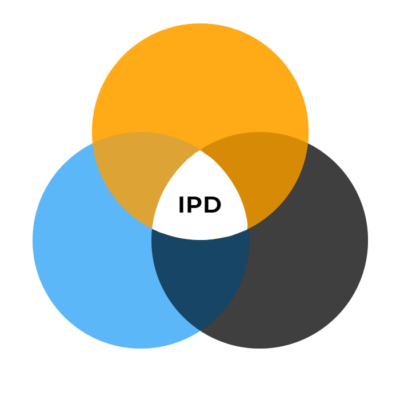Integrated Project Delivery
A different contracting methodology
Fuelled by the pressure to reduce waste and improve efficiency, project owners are looking at ways to manage and structure their projects more effectively. A report released by PwC highlights this by stating that contractors and suppliers fault the misalignment of incentives and commercial interests between project owners and other parties as a significant cause of inefficiency1 with construction project delivery.
This is where Integrated Project Delivery (IPD) comes in.
IPD approaches have seen positive experiences, mainly in the USA and Canada, and have been gaining popularity with stakeholders involved with capital projects. At the bases, IPD is a collaborative approach that takes insights from the ‘Lean’ methodology and studies of organisational behaviour. But what is it exactly?
Depending on where you are located IDP is also known as Alliance Contracting (USA) or Collaborative Contracting or Integrated Owners Team.
What is Integrated Project Delivery?
Integrated Project Delivery is a model where multi-party stakeholders involved with construction projects share the risk, rewards and jointly developed targets through a single contract. At the core of the remuneration regime is the change from conventional fixed-price contracts to a performance-based scheme.
This is all on the basis that there should be a mutual benefit when working towards a common purpose collaboratively. This is stimulated and embodied by a joint gain share/pain share scheme, encouraging the achievement of desired results quickly and efficiently.
The goal of IPD is to align the interests of stakeholders and team members in such a way that there is an incentive for optimal project performance and delivery, eliminating waste and risk. To do so, all key participants are involved in the project design, management and decision-making process and decisions are made jointly and unanimously.

Elements of the IPD approach
A mutual gain share and pain share scheme incentivises owners and non-owners to act in the best interest of the project.
Benefits of an IPD approach and collaborative contracting
Risk mitigation
All parties involved share the risk.
Transparency and open communication
Everybody is stimulated to provide their input, no matter rank, role or organisation.
Stimulate teamwork and collaboration
Everybody is encouraged to share their expertise and jointly work on solutions.
Shared accountability
Stimulating problem solving and making the group accountable for issues removes the blame game and finger-pointing, which generally leads to unnecessary discussions and delays.
Waste reduction
Through a lean and cooperative approach, wastage of time and materials can be reduced.
Removal of ‘the contingency’ costs
Removal of conventional fixed-price contracting removes ‘the contingency’ cost from contracts. This cost is typically charged by non-owner participants to cover their risk. In a fixed-price contract, this is paid whether or not this risk has materialised.
Preventing (the fear of) legal claims saves costs and stimulates innovation
The fear of legal disputes often steers stakeholders to operate within the limits of contracts. With collaborative contracting, collective risk-sharing and open communication encourages risk management practices and stimulates the finding of innovative cost savings without the fear of any legal claims if this fails.
Additionally, with more traditional contracts, when legal disputes do occur, the administration costs involved can have a significant financial impact on the project.

What are the risks involved?
Managing and tracking progress with Integrated Project Delivery
Time and materials are an important part of the contracting procedure when it comes to construction or maintenance work. Yet, to date, many projects still suffer budget overruns on this front.
As part of an IPD approach, the risks of variations and the effective use of time and materials are set out in the shared agreement. This includes achievement schemes for making effective use of people, materials and assets. ‘Effective’ – in this scenario – refers to having resources available on time, in the right amount and completing work orders with as little delay as possible. Accomplishments or failure to hit KPIs around this will affect the remuneration of involved parties.
To be able to manage and monitor the progress on these KPIs requires effective tools for measurement. IoT combined with the tracking of equipment and materials on-site will enhance collaboration and provide advanced analytical capabilities that will help drive efficiency in today’s megaprojects. It is labelled as one of four key approaches to improve on-site execution by McKinsey2.
At Track’em, we can help you monitor and deliver IPD KPIs. Our tracking technology enables you to track Work Order Progress (Time and People) and the utilisation of assets and materials involved (parts, plant and equipment, PPE, consumables, tools, etc). It enables you to keep on top of all assets required for construction or maintenance work, making sure you always have what you need to get the job done on-time and on-budget.
Want to know how you can integrate and IPD approach in your projects?
Track’em can help you implement an IPD approach that measures progress and utilisation of assets, people, time and materials effectively.
We’re happy to schedule a chat, a demo or send you some additional information.
1: Collaborative Contracting, Owen Hayford – PWC – 2018
2: Reinventing construction: a route to higher productivity, McKinsey & Company – 2017


